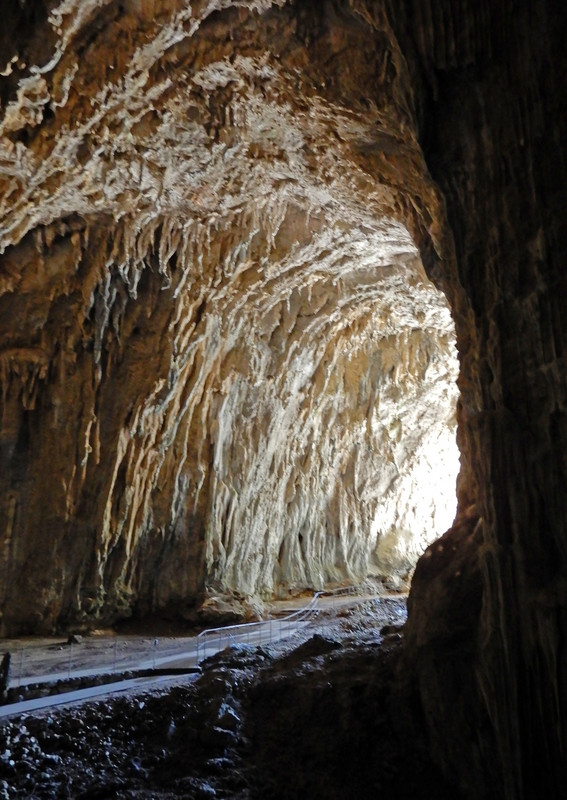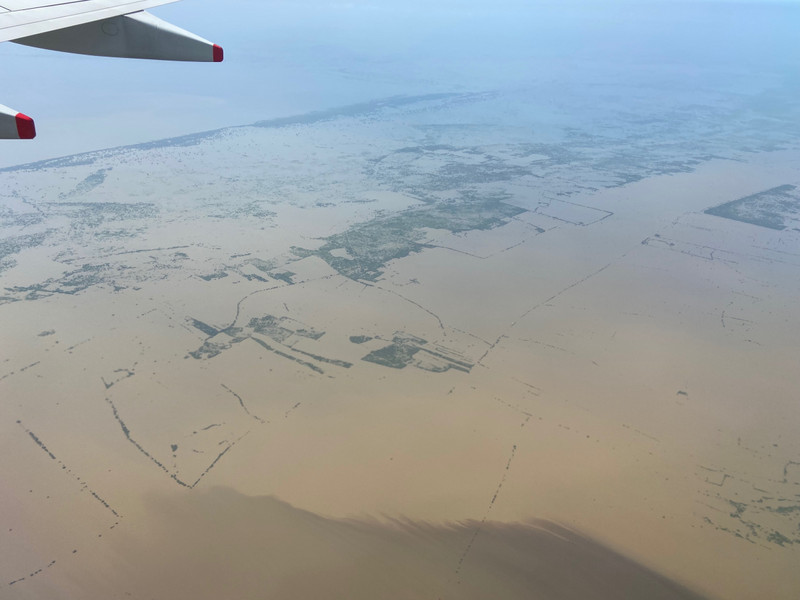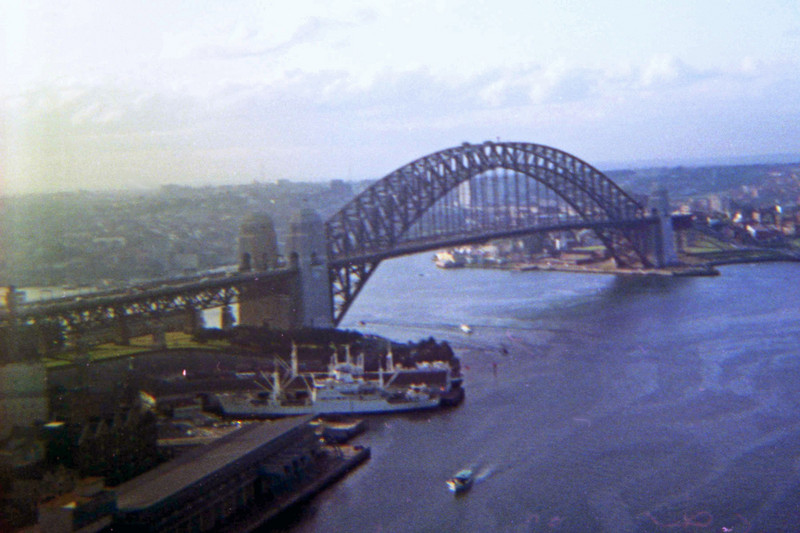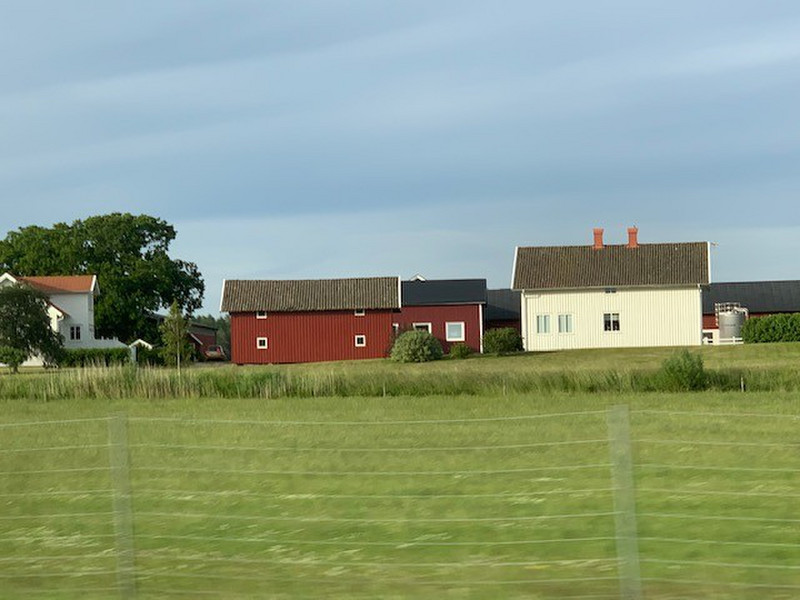Fully equipped with warm clothes, boots and poles, we ventured into our first cave system, the Skocjan Cave.
Quite apprehensive at first, we were glad for the cement paths as big as sidewalks, wide stairs and sturdy pipe railings with strong wire mesh. Thin puddles stained the walkway, but the footing wasnt slippery. Still visible from early explorations, the original treacherous paths had ropes for railings, if any, and narrow stairs. Near our exit, which used to be the entrance, the old steps were the size of a splayed hand.
We walked high above the enormous dripping stones, as they call all the formations, made from literally endless drips of water and calcium carbonate. As I gained confidence, I looked over the railings down to the forest of stalagmites and up to the pointy stalactites. The formations resembled the mouths of dragons, from tiny to gigantic. The smallest formations were no bigger than the first knuckle of my little finger. Others were large and rounded, like hippos. One formation was named The Bear, although I thought it looked more like a fox with full, furry face. The whole cave was the size of a small covered stadium.
In places the ceiling had collapsed, spreading stony rubble that was now smoothed under the constant dripping. Dont worry, said the guide, it wont collapse today., as if he knew.
During one terrifying moment, a guide turned off all the lights, except for one in the distance, to let us experience an approximation of what cave men would have felt. Our emotional selves forgot the cement path and the metal railing, fearing that any would cause death. This moment seemed far too long, which is probably why they let it go on so long. We sighed at the return of light.
We entered the Murmuring Cave where the Reka river roared in the hollowness of the gigantic cave. Way below we could see rapids that would tempt any rafter. The farther we walked, the more water poured over boulders and boiled through narrows. In the Organ cave, water pooled underneath curtains. Under the effect of slight air currents pushing the drips, the minerals create stone walls that appear to be the soft folds of drapes. From ahead of me, came the rich voice of Bill singing Let Us Rejoice and Be Glad, resonating and giving shivers
I was almost sad to see daylight straying into the cave. One last climb up stairs revealed the beauty of green trees framed by the dark oval mouth of the rock.
Many more stairs awaited us before we could reach the cable car to ascend the rock to where we had entered. The park official urged us to take our time, so more photos were taken down the twisting river valley. The karst geology is rugged, porous rock, both constructed and hollowed out by the natural actions of water.
Lunch at the attached restaurant was a raucous affair, as we raced each other to describe our feelings, our impressions and our photos. My menu choice was a juicy sausage with
In the afternoon we visited the unusual Sneznik castle that at first seemed to have no medieval defensive purpose, until we learned that originally it had to be entered via a ladder – sure safety for owners and villagers. Also, the castle changed owners many times, never staying in the same family for more than a few generations. The last family lost it when the Tito partisans
confiscated it from the owners because they were German (losing side in WWII). Now the Slovenian state has made it a museum. We crossed the bridge over the picturesque moat and entered the small hall. Most interesting was the hand drawn accurate map of several surrounding countries from about the fourteenth century; a scholar spent ten years riding all over the land making small maps and transferring them into one marvel of persistence and craftsmanship.
The upper rooms were restored with historic artifacts, mainly from the eighteenth and nineteenth centuries.









